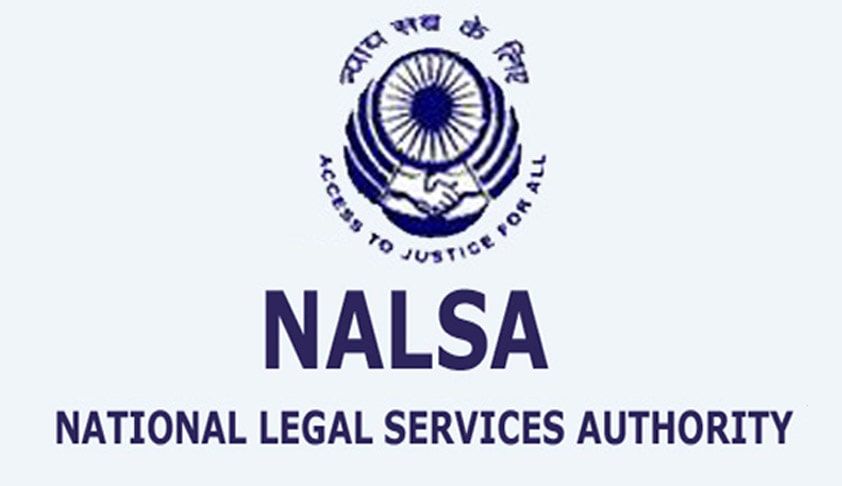By Advocate Vikas Bansal
Legal Services Authorities have come a long way in India. On the occasion of NALSA’s 25th Anniversary, we trace the journey of legal aid in Independent India:
Bombay Committee 1949 – the Committee on Legal Aid and Legal Advice was formed in Bombay to consider the question of granting legal aid in civil and criminal cases to persons with limited means.
Kerala Rules 1958 – Kerala enacted the Kerala Legal Aid (to the poor) Rules, which was way ahead of its time in terms of its outlook to legal aid. It provided for legal aid by representation in cases intended to safeguard the interests workers and tenants etc.
14th Report of the Law Commission of India 1958 – The report dealt with Reforms in the Administration of Justice and dedicated an entire chapter on legal aid
Central Govt Scheme of 1960 – The GoI prepared an outline for a legal aid scheme, taking into consideration the recommendations of the Bombay Committee. However the response of the states was not very encouraging, and they expressed their inability to allocate any funds for it.
Third All India Lawyers Conference 1962 – The Third All India Lawyers conference made many important recommendations on Legal Aid including viewing the provision of legal aid as an obligation of the Central and state governments.
National Conference on Legal Aid 1970 – It recommended the enactment of a legislation to make legal aid a statutory obligation of the State. It also called upon the courts, bar councils and law faculties to contribute in a nationwide programme to help the poor and indigent.
Gujarat Committee 1970 – also known as Bhagwati Committee, it saw Legal Service Institutions and free legal aid as a socio-economic necessity in a country like ours, and recommended for free legal aid in all the courts.
Expert Committee Report 1973 – Justice Krishna Iyer emphasised the need for Panchayati justice and legal aid to the rural poor, making a strong case for a network of LSIs at the national and state level, completely autonomous from government control.
The Juridicare Committee 1976 – The report submitted by Justice PN Bhagwati and Justice Krishna Iyer titled ‘National Juridicare: Equal Justice – Social Justice’, suggested the decentralisation of justice and reprisal mechanisms, to strengthen the system of ‘Nyay Panchayat’.
Committee for Implementing Legal Aid Schemes 1980-Envisaged to be a Central body controlled jointly by the Executive and the Judiciary for implementing legal aid schemes. In 1985 CILAS finalised a model scheme for legal aid that led to the emergence of Lok Adalats in many states.
Legal Services Authorities Act, 1987 – The parliament of India enacted the Act for the creation of Legal Services Authorities from the Taluka to the Supreme Court level.
Enforcement of the Legal Services Authorities Act, 1995 – Enforced on 9th November, it completes 25 years today. With 36 Authorities at the State and 658 at the District levels, the Legal Services Authorities are serving people across the country.
Read Also: The incredible journey of legal aid in independent India
Advocate Vikas Bansal is a practising advocate in the Supreme Court of India.


